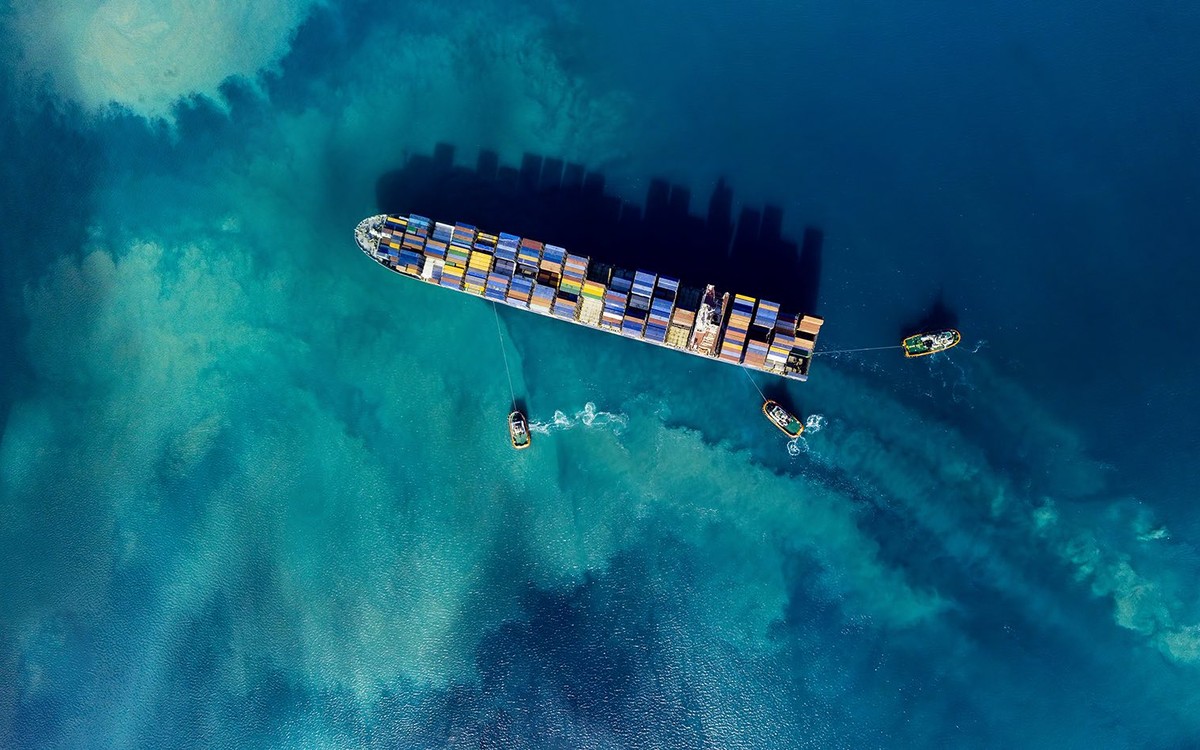IMO 2020: When Bigger is Better (Why You Need a Gas Scrubber Manufacturer With Huge Production Capacity)
Six months is a short time in the shipping industry. It probably feels even shorter to those shipowners who wish they had already submitted their orders for marine gas scrubbers.
On 1 January, the International Maritime Organization’s (IMO’s) new fuel sulphur emissions cap comes into force. Though much of the world’s fleet will switch to IMO-compliant low sulphur fuel oil (LSFO), an increasing number of owners are changing their minds.
It was only two years ago, for example, that Maersk declared “scrubbers will not be the way forward for our fleet.” Then, towards the end of 2018, the world’s leading box carrier announced that it had shifted its strategy to include gas scrubbers.
This dramatic move was confirmed in January 2019 with a US$263 million contractual commitment to scrubber installation, then again in March with an announcement by Maersk Tankers that they would install scrubbers on selected vessels.
The business case for this turnaround is simple.
With a clearer picture emerging of potentially major fuel price differentials next year, the economic appeal of marine exhaust gas cleaning systems (EGCS) grows brighter by the day.
With a clearer picture emerging of potentially major fuel price differentials next year, the economic appeal of marine exhaust gas cleaning systems (EGCS) grows brighter by the day.
A recent report by AlixPartners suggests that the container-shipping industry alone could be looking at a US$10 billion increase in its annual fuel bill. This, however, is based on 2018 prices. If prices in 2020 move heavily against low sulphur fuel oils, as many expect them to, this number could be even bigger.
It is understandable, then, that owners and operators are looking to change tack and install scrubbers.
However, with such limited time available till 1 January 2020, many mistakenly believe that there are not enough days left to fulfil orders.
Facing a backlog
According to the latest figures from DNV GL, a total of 2,947 ships are currently fitted with scrubbers – far exceeding predictions from last year. This number is expected to grow to close to 4,000 by the end of 2020.
However, Lloyd’s List predicts that a third of scrubber orders will miss the IMO deadline.
To some owners this is a bearable risk, but for those seeking the maximum cost benefits of early scrubber implementation, this may be a deterrent.
Fortunately, for such shipowners, the Lloyd’s forecast is based on an overall assessment of the scrubbing industry.
It does not segment scrubber manufacturers according to production capacity.

Not all scrubber suppliers are created equal
As scrubber appetite has grown, so, it seems, has the number of scrubber suppliers.
Service providers with experience, facilities and expertise in adjacent engineering and manufacturing sectors have entered the scrubber market to take advantage of the elevated demand.
Shipowners trying to choose the best supplier have many criteria upon which to select their EGCS partner: price, quality, distribution. But, with IMO 2020 closing in, it is size that is becoming one of the most important discriminators.
Smaller outfits simply don’t have the operational capacity needed to satisfy large order numbers. And, though the global order book is queued into 2020, gas scrubber specialists who are able to work in high volumes still have the potential of equipping vessel owners in time for the IMO’s new rules.
A powerful alliance
Available yard time is often perceived to be the main constraint on prompt scrubber installation. However, the possible limitations are numerous and varied. Buyers also need to ensure that their suppliers have ready access to raw materials, parts and spares, and teams of technical specialists.
With such a broad spread of applications and requirements, strategic partnerships offer a means of meeting client needs quickly and professionally.
Pacific Green Technologies (PGT), for example, has partnered with state-owned Chinese conglomerate, PowerChina, to provide a significant scrubber solution.
The joint venture combines PGT’s technical know-how and specialist staff with PowerChina’s massive production capacity.
Buyers also need to ensure that their suppliers have ready access to raw materials, parts and spares, and teams of technical specialists.
PowerChina is the largest power-plant equipment manufacturer in China, and is able to distribute and manufacture PGT’s patented state-of-the-art pollutant-gas-removal systems in China and throughout the world.
As a result, shipowners are able to access Pacific Green’s groundbreaking patented TurboHead™ technology within a timeframe that provides maximum ROI.
Everywhere one looks there seems to be a rise in small-scale specialization – micro-breweries, boutique consultancies, artisanal coffee roasters, niche designers.
But, for vessel owners hoping to start 2020 with an IMO-compliant scrubber that earns a quick payoff, it is large-scale specialization that will secure the win.
Would you like to discuss more?
Our global team of advisors with years of combined experience in the marine sector are on hand to discuss your project.